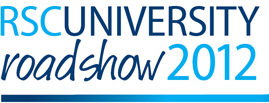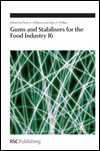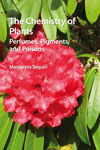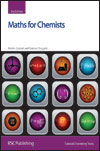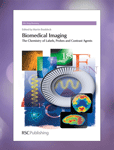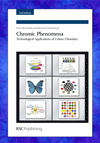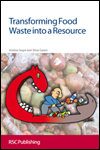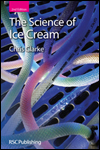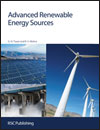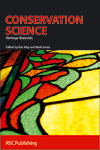 As the 100th anniversary of the sinking of the Titanic passes and the new museum for the Mary Rose prepares to open in Portsmouth shipwrecks are once again in the limelight, but have you ever wondered how the treasures from sunken ships are preserved?
As the 100th anniversary of the sinking of the Titanic passes and the new museum for the Mary Rose prepares to open in Portsmouth shipwrecks are once again in the limelight, but have you ever wondered how the treasures from sunken ships are preserved?
Find out what happens behind the scenes to preserve our histories in Conservation Science: Heritage Materials edited by Eric May, University of Portsmouth and Mark Jones, The Mary Rose Trust. Discover how it’s possible for the timber of a 500 year old ship like the Mary Rose and its cast bronze guns have survived.











